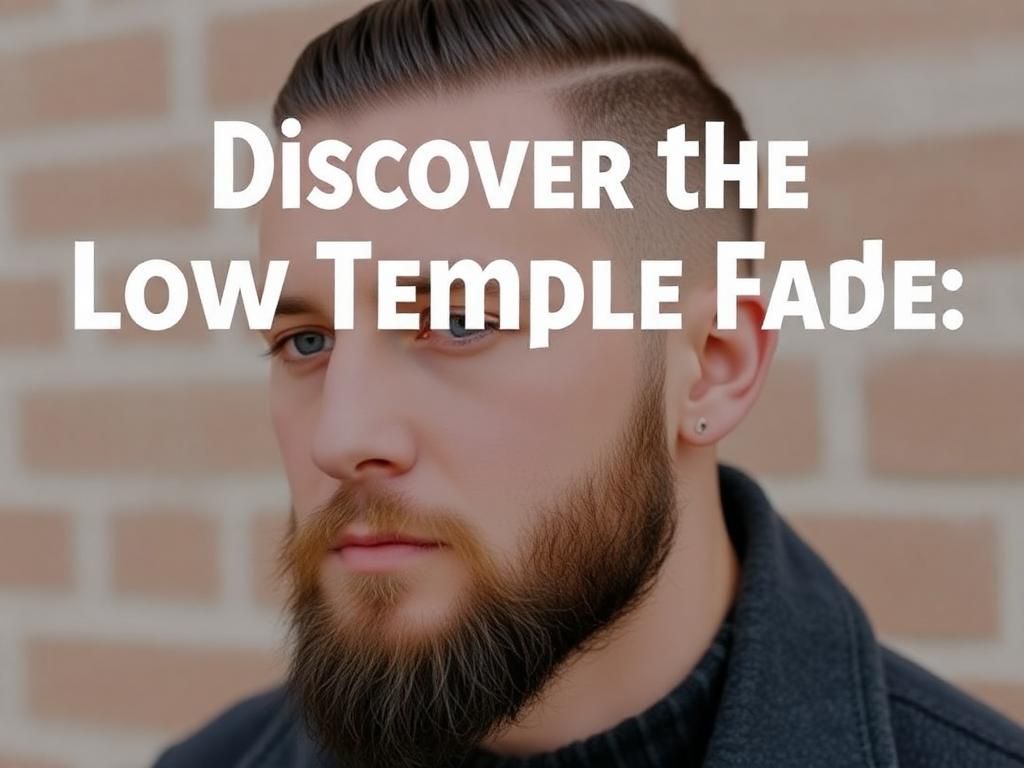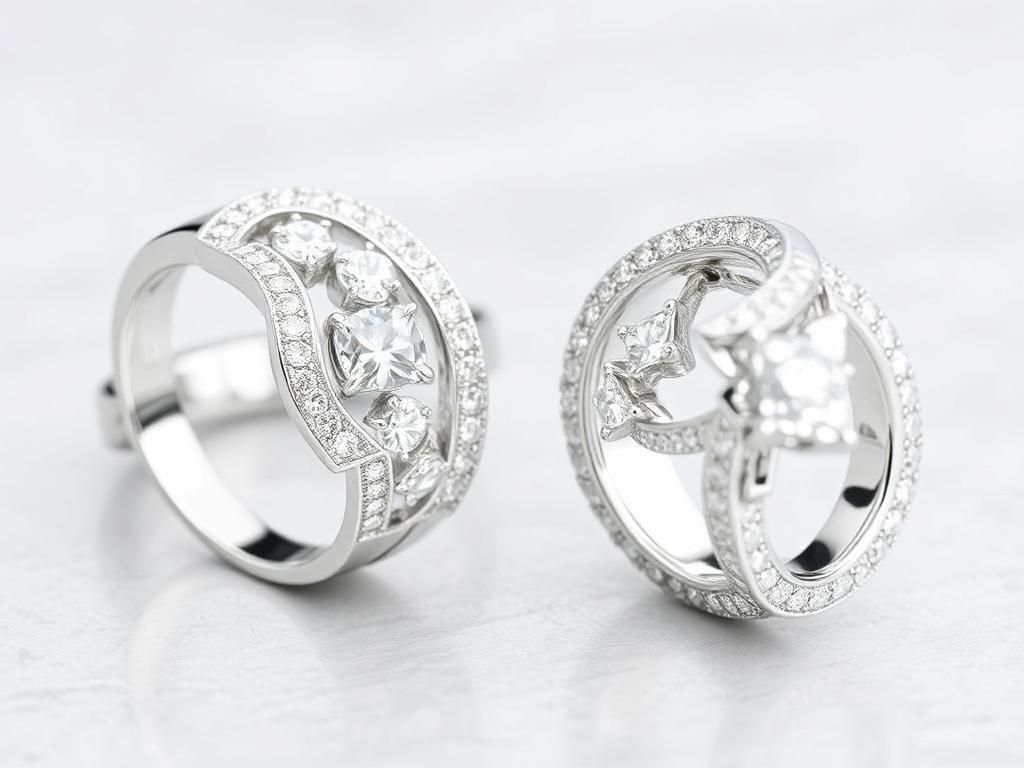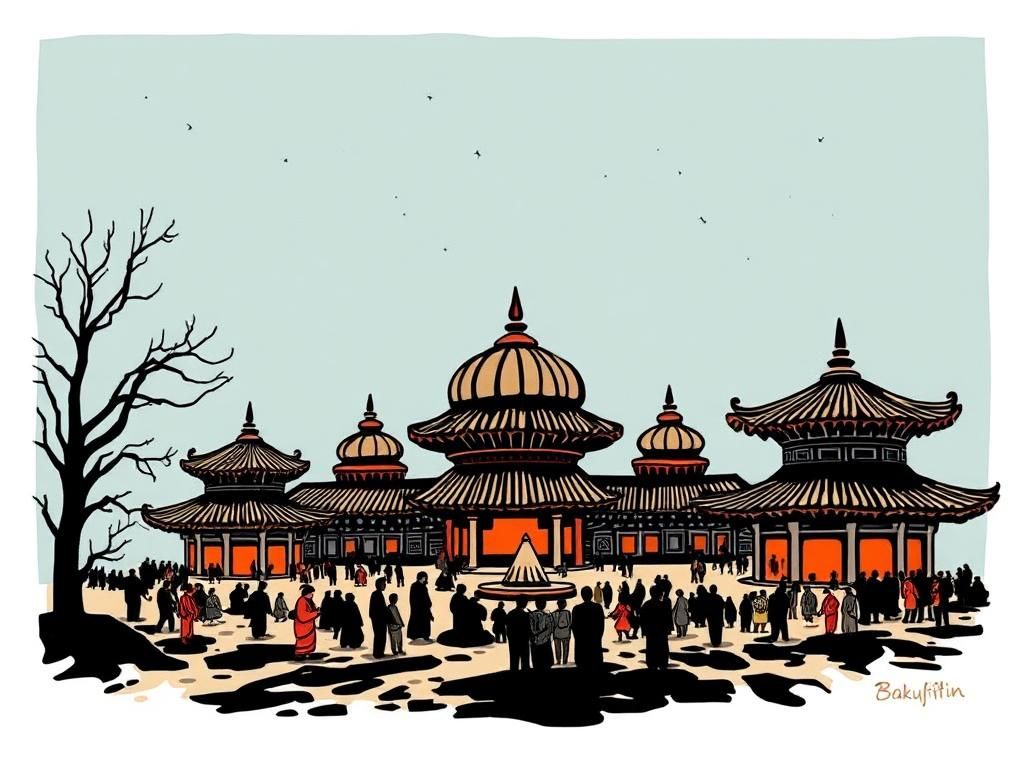The low temple fade is a versatile and stylish haircut that has gained immense popularity in recent years. Its unique design and ability to complement various face shapes make it a favorite among men seeking a trendy yet sophisticated look. This article explores the intricacies of the low temple fade, providing insights into its characteristics, styling techniques, maintenance tips, and much more.
Introduction to Low Temple Fade
Definition of Low Temple Fade
A low temple fade haircut features a gradual transition in hair length, starting just above the ears and fading down the sides and back of the head. This style sets itself apart from mid and high fades, which begin their fading process at varying heights on the head. The low temple fade is characterized by its subtlety, offering an elegant approach that allows for more length on top.
Origin and Popularity
Fade haircuts have deep roots in hairstyling, originally emerging from barbershops in the style of African American culture in the late 20th century. The low temple fade has seen a resurgence in contemporary hairstyles, transcending cultural boundaries. Today, it is embraced by various individuals, from athletes to celebrities, who appreciate its modern aesthetics.
Characteristics of a Low Temple Fade
Haircut Design
The design of a low temple fade is all about smooth transitions. The fade starts at the temples and gradually blends into longer hair on the crown of the head. This contrast creates a clean and polished appearance. Comparing visual examples of the low temple fade with mid and high fades reveals its unique placement and subtlety.
Suitable Hair Types
The low temple fade works best with straight, wavy, or curly hair types. Those with thick, coarse hair may find the fade brings dimension and movement. Meanwhile, individuals with finer hair might choose this style for the added volume it can create. It’s essential to consider hair texture, thickness, and volume to achieve an optimal look.
Face Shapes That Complement
This fade style suits a variety of face shapes, particularly oval and square faces. The fade enhances facial features, providing a balanced appearance. Individuals with round faces may also enjoy the low temple fade, as the narrow sides can create a more elongated look, accentuating their overall style.
How to Style a Low Temple Fade
Hair Products and Tools Needed
To achieve the perfect low temple fade, using the right hair products is pivotal. Recommended products include:
- Pomade: Adds shine and flexibility.
- Wax: Provides a stronger hold for textured looks.
- Gel: Ideal for a sleek appearance.
Essential styling tools include combs, brushes, and blow dryers to assist in creating volume and direction during styling.
Step-by-Step Styling Process
To style a low temple fade, follow these steps:
- Prepare the Hair: Start with clean, damp hair for better product distribution.
- Apply Products: Use an appropriate amount of product based on your desired texture and hold.
- Style: Comb or brush the hair to create your desired shape, allowing for natural movement.
- Finishing Touches: Use a blow dryer if needed for added volume and set the style in place.
Maintenance and Care for a Low Temple Fade
Regular Maintenance Schedule
To keep a low temple fade looking sharp, regular touch-ups are necessary. It’s recommended to visit your barber every 3-4 weeks, ensuring the fade remains clean and defined. Pay attention to signs indicating it’s time for a trim, such as uneven hair length or loss of definition.
At-Home Care Tips
Proper at-home care is key to maintaining a healthy hairstyle. Focus on hair washing and conditioning routines suitable for your hair type. To prevent product build-up, be sure to cleanse your hair regularly and consider using clarifying shampoos at least once a month.
When to Seek Professional Help
While at-home maintenance is essential, knowing when to consult a professional is equally important. If you’re unsure about the fading technique or need to reshaped your style, booking a session with a barber can help achieve your desired look.
Popular Variations of the Low Temple Fade
Low Temple Fade with Different Hair Styles
The versatility of the low temple fade allows it to be combined with various hairstyles, including:
- Comb Over: A classic look that blends seamlessly with the fade.
- Curly Top: For a bold, textured appearance.
- Buzz Cut: A minimalistic approach highlighting the fade’s precision.
Cultural Influences
Cultural influences have shaped the way the low temple fade is styled. Elements from music, sports, and celebrity trends have contributed to its popularity. Adaptations across different cultural backgrounds showcase the fade’s ability to resonate with diverse audiences.
Low Temple Fade vs. Other Fade Styles
Comparison with Mid and High Fades
When comparing the low temple fade with mid and high fades, several pros and cons emerge. The low fade is often considered more subtle, making it preferable for casual settings, while mid and high fades might provide a bolder look suitable for formal occasions. For more details on different fade styles, you can visit Men’s Health.
Unique Features of Low Temple Fade
The low temple fade emphasizes subtlety over boldness, allowing it to suit various lifestyles. Its approachability and elegance make it a favored choice for those seeking a stylish yet understated hairstyle.
Conclusion
Summary of Key Points
The low temple fade haircut stands out for its unique transition and versatility. It complements a range of hair types and face shapes, making it accessible to many. Styling and maintenance are straightforward, requiring just a few products and tools for the perfect look.
Final Thoughts
Experimenting with the low temple fade can elevate your style game. Its modern appeal and adaptability encourage individuals to play with this trend, ensuring a chic look for any occasion.
Additional Resources
Recommended Tutorials and Guides
For those eager to learn more about styling techniques, video tutorials can provide practical insights. Check out styling guides available on platforms like YouTube and reputable hair care blogs for tips on achieving the perfect low temple fade.
Popular Salons and Barbers
Finding the right barbershop for your low temple fade is crucial. Look for salons that specialize in fades and advanced men’s hairstyling. Geographic recommendations can vary, but big urban centers often have skilled barbers knowledgeable about current trends.
Styling Inspiration
For continuous inspiration, explore social media platforms like Instagram and Pinterest. These platforms showcase the low temple fade in various contexts, offering fresh ideas for your next haircut. A gallery of images showcasing the low temple fade is often only a hashtag away!
| Key Features | Low Temple Fade | Mid Fade | High Fade |
|---|---|---|---|
| Starting Point | Above the ears | Mid-ear level | Top of the head |
| Style Approach | Subtle & Elegant | Balanced | Bold & Edgy |
| Face Shape Suitability | Oval, Square | All face shapes | Round, Triangle |
| Styling Variety | Comb Over, Curly Top | Textured Top | Disconnected Styles |
| Maintenance Frequency | Every 3-4 weeks | Every 4-6 weeks | Every 6-8 weeks |
FAQ
1. How long does a low temple fade typically last?
A low temple fade usually lasts about 3-4 weeks before it needs a touch-up to maintain its shape.
2. Can I style my curly hair with a low temple fade?
Yes, the low temple fade can accentuate curls while providing a clean look on the sides.

3. Is the low temple fade suitable for all ages?
Absolutely! The low temple fade is a timeless style that can be adapted for all age groups.
4. How do I communicate my desired low temple fade to my barber?
Bring reference photos to help illustrate your vision and clearly specify how high you want the fade to start.
5. What hair products should I avoid with a low temple fade?
Avoid heavy waxes and gels that could weigh down the hair and make it look greasy; light products work best.
6. How often should I wash my hair with a low temple fade?
Wash your hair 2-3 times a week, adjusting based on your hair type and styling products used.
7. Can I do a low temple fade on my own?
While possible, it’s recommended to seek professional help for the best results, especially for precise fading.
8. What are the best tools to use for a low temple fade?
Clippers, blending tools, and a fine-toothed comb are essential for achieving a clean fade.
9. Should I use heat styling tools with a low temple fade?
Using heat styling tools can help achieve desired looks, but be cautious to use heat protectants.
10. What should I tell my barber for a low temple fade?
Clearly describe your fade preference, top length, and any additional styling requests, such as texture or volume.


